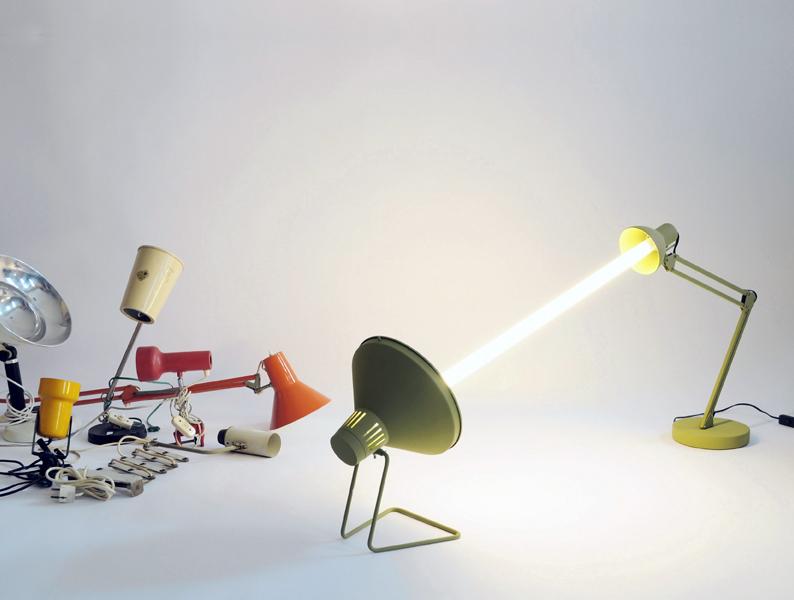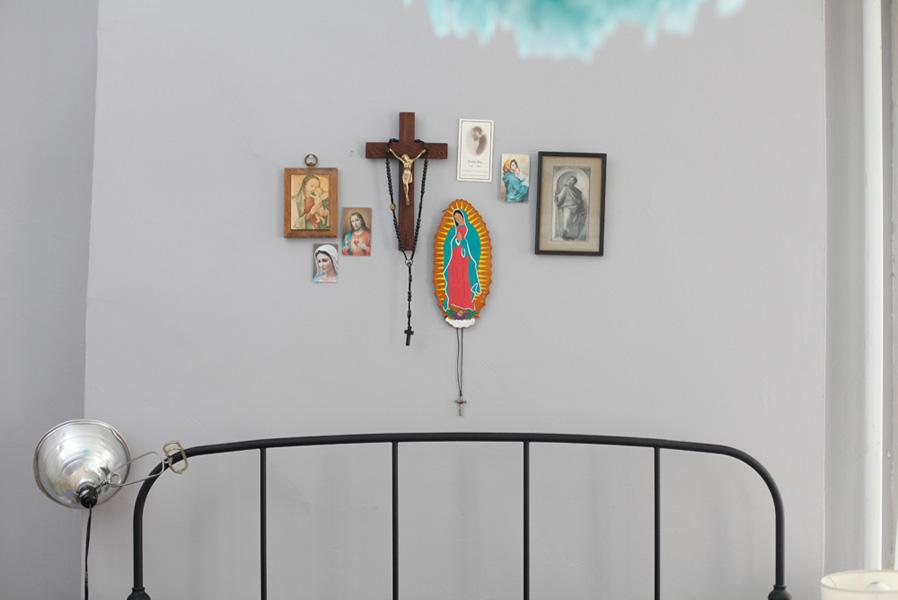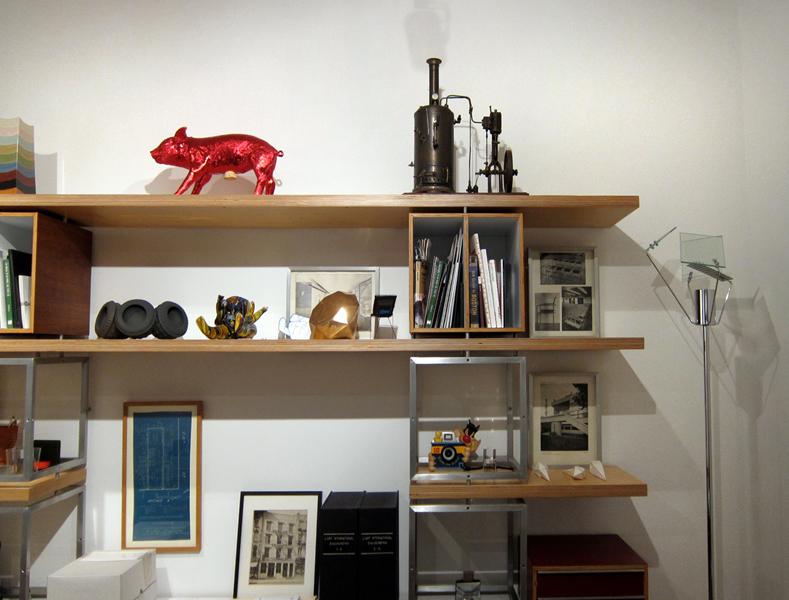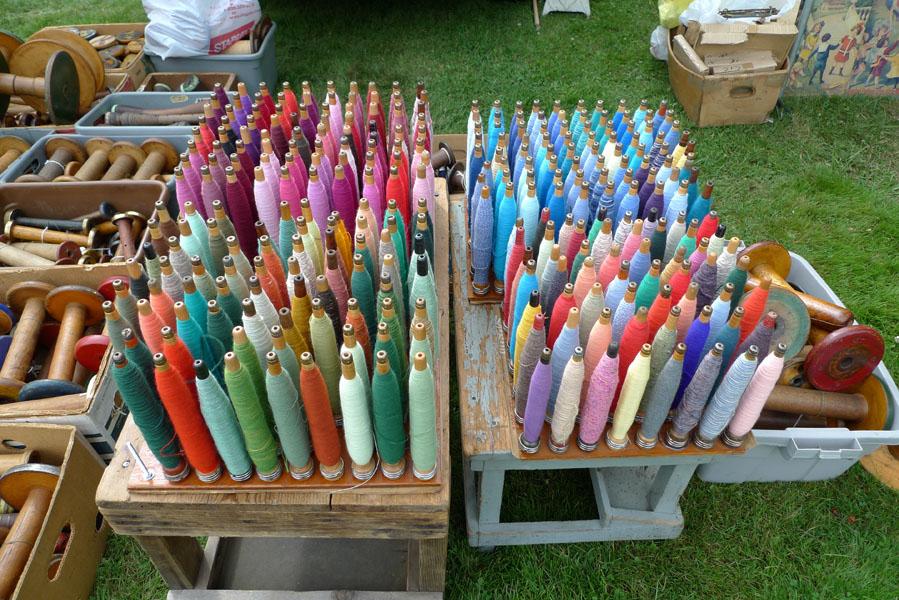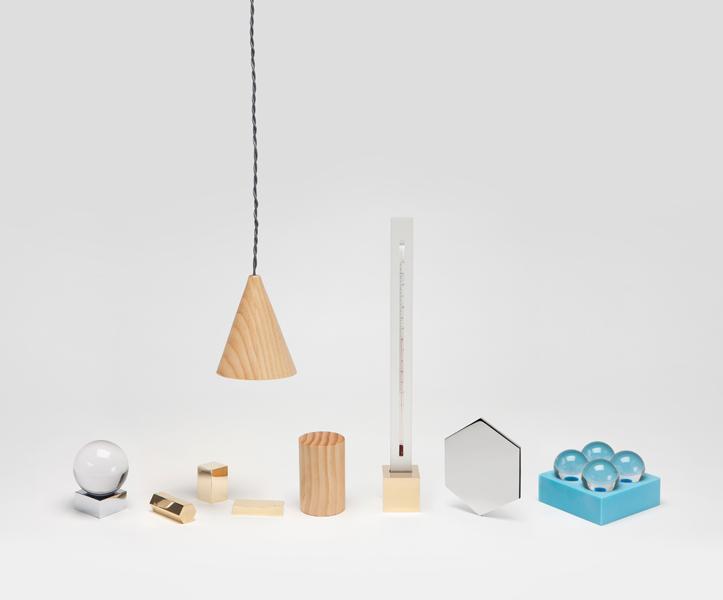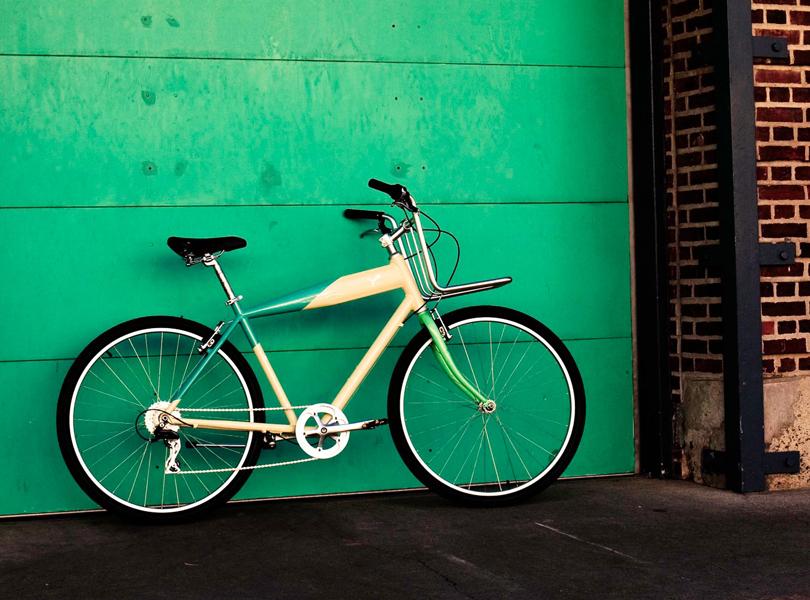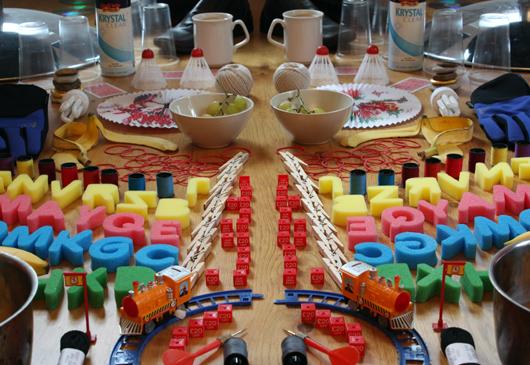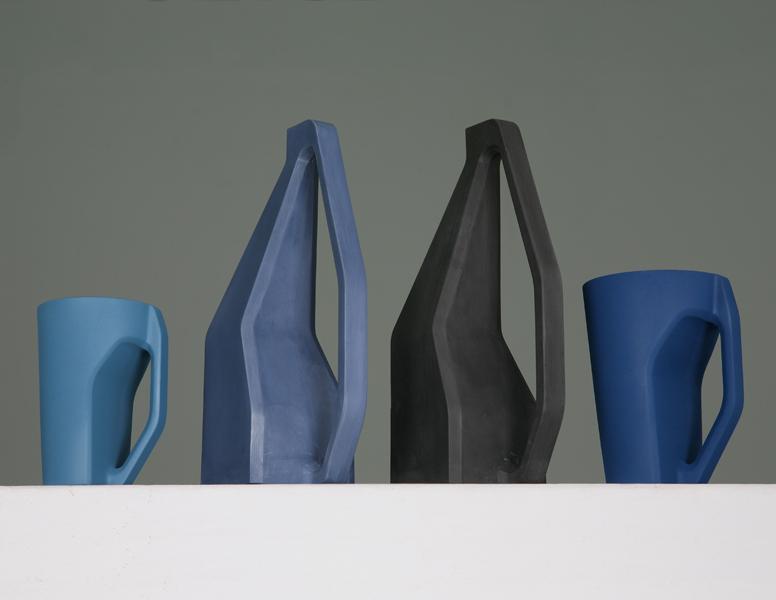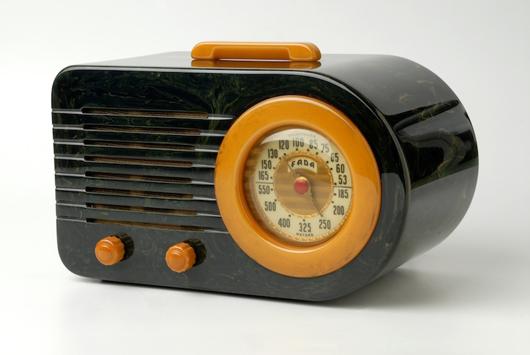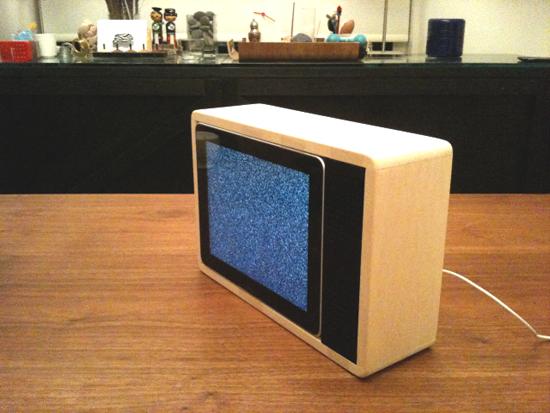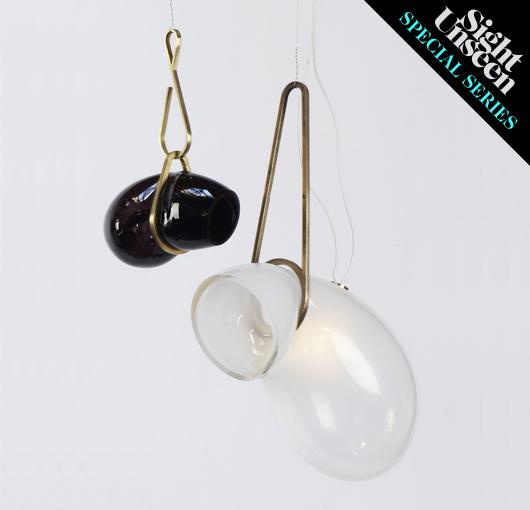
04.07.11
Q+A
Carwan Gallery Launch: Lindsey Adelman
Through April 15, Sight Unseen will be showcasing the work of half a dozen designers and design firms exhibiting together at the Milan Furniture Fair under the umbrella of the soon-to-launch Carwan Gallery in Beirut. Today’s subject is Lindsey Adelman, who works out of a tiny studio in the back of Manhattan design store The Future Perfect but creates her sprawling, modular chandelier series at Urban Glass, a Brooklyn atelier that’s created work for the likes of Louise Bourgeois, Eva Zeisel, and Robert Rauschenberg. “Building visual tension is a theme that’s always interested me,” says Adelman. And in her latest work Catch, which features slumping glass orbs blown through oversized brass links, it’s the tension between “the fluid fragility of the glass and the strict, flat, weighty links. Mashing together the feminine and the masculine — something interesting usually happens,” she says.

